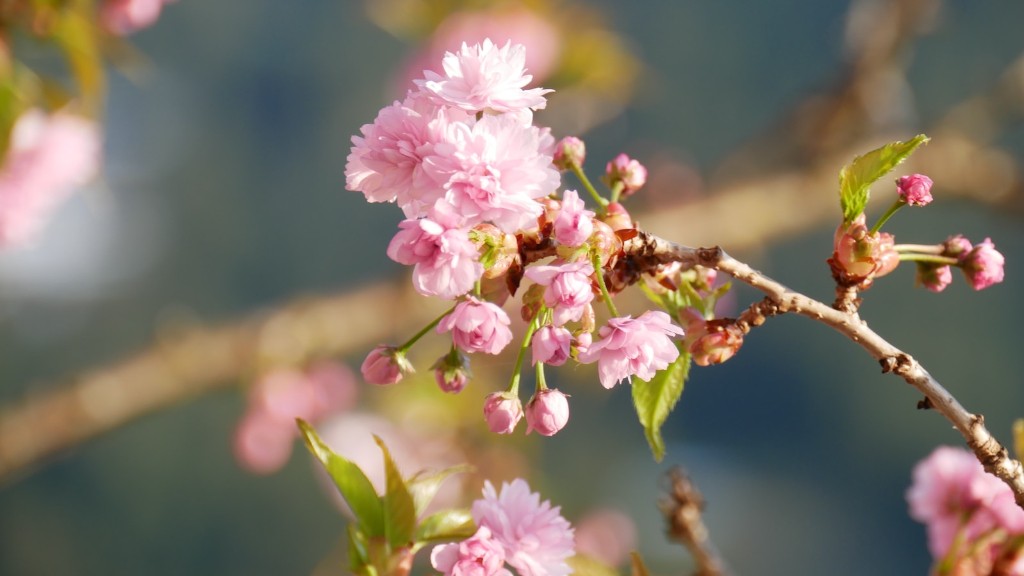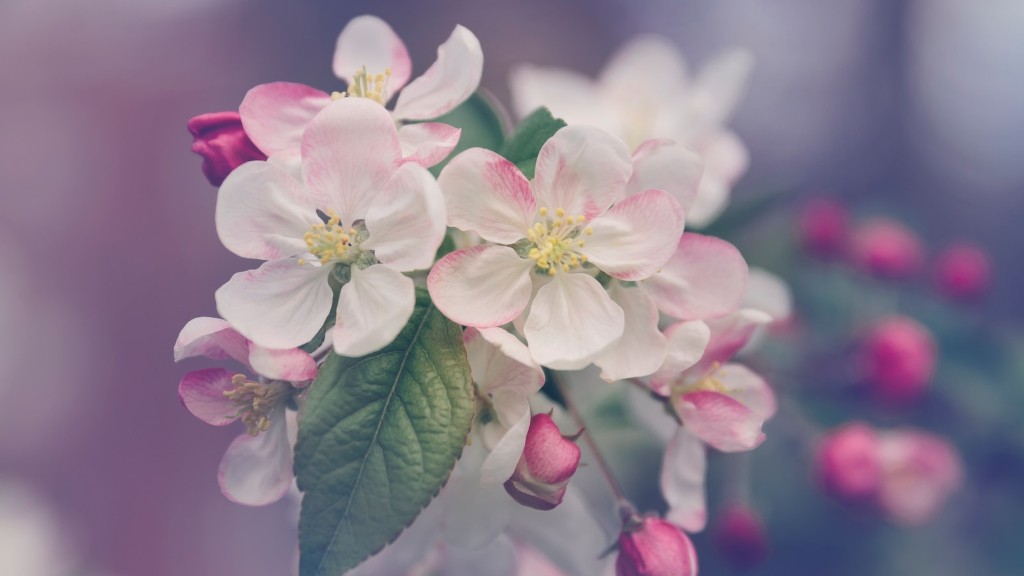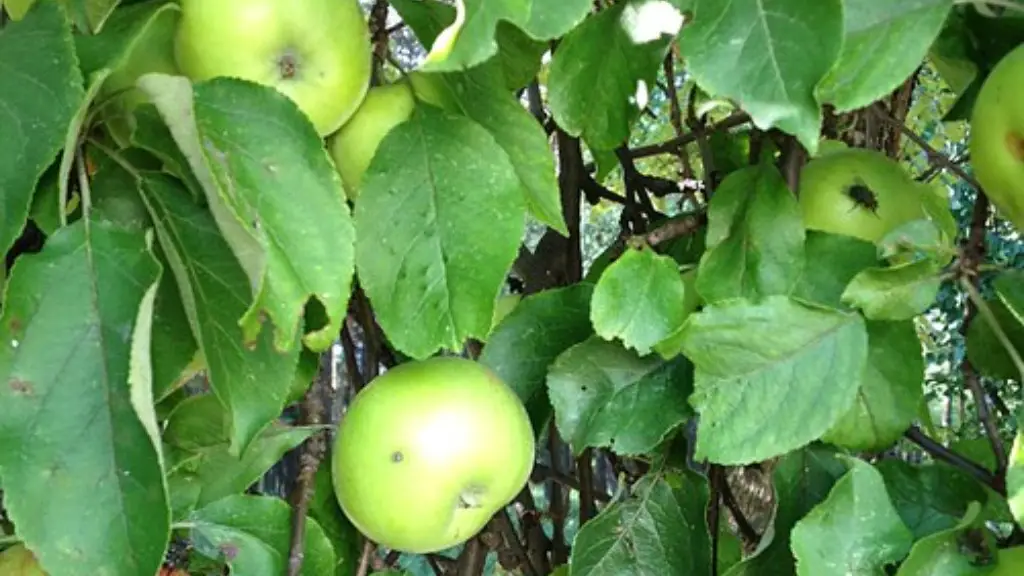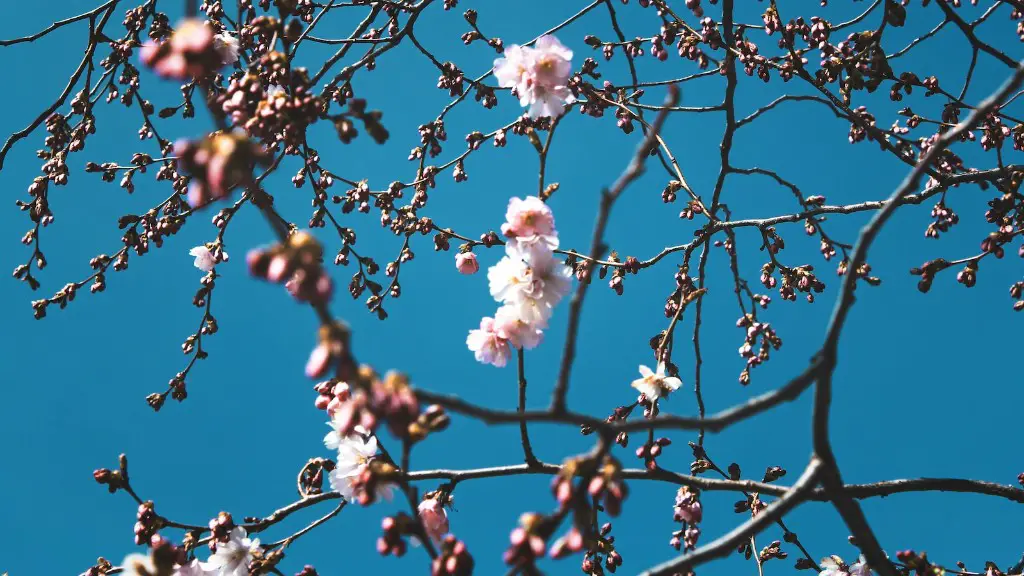Sweet cherry trees, with their fragrant flowers and succulent fruit, can offer you the chance to grow delicious, juicy fruits in your garden. With a bit of patience, planning, and know-how on how to grow sweet cherry tree from seed, you too can enjoy the rewards of a bumper crop!
It is possible to grow sweet cherry tree from seed at home. This is done by either buying fresh seed and planting them directly in containers, or collecting and storing the seeds for later use. Whichever method you choose, it can take between three and six years for a tree to mature from the seed. You’ll have to be patient, and cultivate the tree with love and attention during those years.
It’s also vital that you source your seeds from a reputable supplier, to be sure you have the best possible start. The tree you grow from seed may be different from the parent tree, producing a unique combination of characteristics. Make sure any seedlings you buy have been labeled correctly so you know exactly what you are getting.
Once your seedlings are safely in the ground, there are things you can do to be sure they thrive. The soil should be well drained, but still deep and moist so that root growth can be encouraged. Provide the tree with plenty of light and allow plenty of air circulation so the branches don’t get tangled as they grow.
The pH of the soil should ideally be between 6 and 7, to ensure proper nutrient absorption to stimulate fruit production. Fertilizer should be used in spring and summer with a 10:10:10 NPK fertilizer. This not only gives a boost of energy to the tree so it can focus on producing fruit, but also restricts invasive weed growth. Ensure the fertilizer isn’t too acidic, or it could harm the tree.
Lastly, it’s important to use a mulch around the tree’s base. This will help to retain moisture in the soil, which keeps the growing plant warm and happy. It also acts as a deterrent for unwanted pests.
Watering
It’s essential that your sweet cherry tree is given enough water, particularly during a drought or when temperatures soar. The tree has a shallow root system, which means it will struggle to reach deeper water sources. Watering with a hose or a water can near the roots is essential. However, it’s important to take care when doing this; avoid wetting the trunks, which can promote rot.
Allow the soil to dry out slightly before watering again, to avoid over saturating, which can spell fatalities for the seedlings. Avoid watering in the evenings, as this can encourage mildew to flourish. Try to water in the morning so the water can absorb into the soil before the heat of the day saps it away.
Pruning
Pruning your tree regularly is important for sweet cherry production. In the second and third years, allow the tree to focus on establishing strong roots and only remove any dead or damaged branches. In the fourth year, add different types of pruning to your routine such as topping or shaping. This helps it to produce lots of smaller fruits, as well as allowing for better air circulation.
It’s also important to perform ‘thinning’ of branches and fruits, This involves cutting away excess buds and fruits, which will help the tree to direct energy to the remaining buds, allowing them to swell and produce bigger, more succulent fruits.
Harvesting and Storing
When the fruits start to mature, they can be picked when they are dark red in colour and give slightly when squeezed. Try to be gentle to avoid bruising the fruit while it’s on the tree. Sweet cherries can be stored in either a refrigerator or a cool, dark place depending on when you plan to consume them. For later use, they can be frozen for up to six months.
However, if you’re not a fan of harvesting fruit early, you can allow them to ripen on the tree and eat them there, or give them away to friends and family when they are ready.
Pests and Diseases
It’s important to be aware of the dangers of pests and diseases which can affect your sweet cherry trees. Check the leaves, flowers and fruits of the tree regularly for signs of any problems. If you spot something, act fast and apply any treatments immediately.
Common pest problems are aphids and sawfly larvae, which can damage the leaves and buds of the tree, as well as birds eating the crop. Common diseases include silver leaf and root rot. Silver leaf causes a black spot to form on the leaves and can cause them to drop off, while root rot affects the roots of the tree and can cause it to become unstable and prone to damage.
Although pest and disease prevention and control is a key part of the process of growing sweet cherry trees from seed, it’s only a part of it. This entire process of growing a tree from seed, providing adequate nourishment and protecting it from disease and pests, is a rewarding experience and one that yields a delicious and succulent crop of cherries, year on year.
Caring For the Tree
Caring for your sweet cherry tree is just as important as growing and harvesting it. Pruning should be done before the growth period begins in the spring, so the tree has plenty of time to heal and recover. Keep an eye on the tree’s leaves and flowers, checking for signs of disease, pests, or nutrient deficiency.
Frequently check that the soil is well drained, to make sure the tree isn’t becoming waterlogged. Also, check for signs of weeds around the base of the tree, which could out-compete the tree for nutrients.
Bareroot trees should be planted as soon as possible once brought home, in order to avoid ‘transplant shock’. Ensure the tree can access plenty of sunlight, and is not affected by any obstructions such as buildings or walls, which could block or limit its access to light.
Harvest Time
Harvest time is an exciting period of the year, as you wait anxiously to see if all your hard work and care has paid off. Sweet cherries can be harvested when they are dark red in colour and give slightly when squeezed. Depending on the variety of tree, you may find that some cherries are ready earlier or later than expected.
If you’re going to preserve your cherries, this should be done as soon as possible. It’s best to freeze them for later use, as this will retain their flavour for up to six months. Ensure that cherries are frozen on the same day they are picked, to maintain freshness and taste.
At this stage, you may also want to give away any surplus cherries to friends or family. It’s a great way to share your good fortune and express gratitude for all the effort you’ve put in over the years.
Propagating
When it comes to propagating sweet cherry trees, there are two main methods you can use. The first is grafting, which involves combining two varieties of cherry tree together. Grafting an already-established tree is an ideal way to propagate the variety you have grown from seed.
The second method is to use cuttings or root cuttings. Both these methods involve removing a section from an existing tree and encouraging the new section to take root. This can take many weeks, and it’s best to perform this propagation in the winter in order to avoid the disruption of the tree’s flowering period.
Propagating a sweet cherry tree from seed can be a rewarding task, but it requires patience and care. Planting, nurturing and protecting the tree while it’s growing takes a lot of hard work, but the rewards of a bumper crop are certainly worth it.




